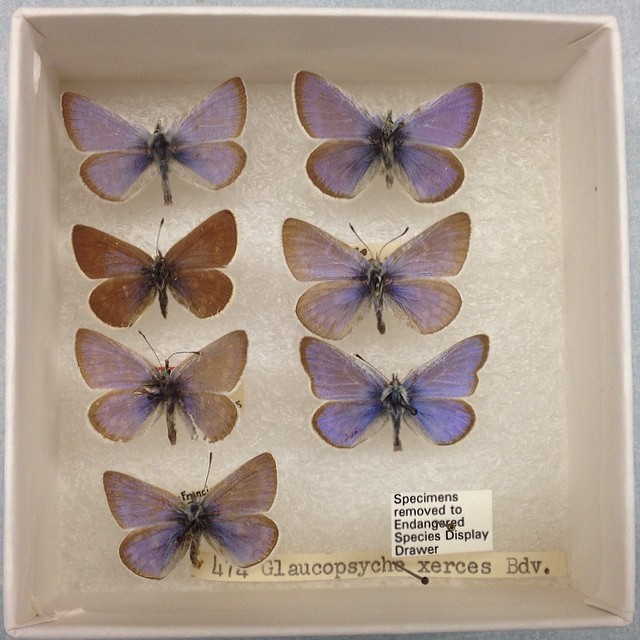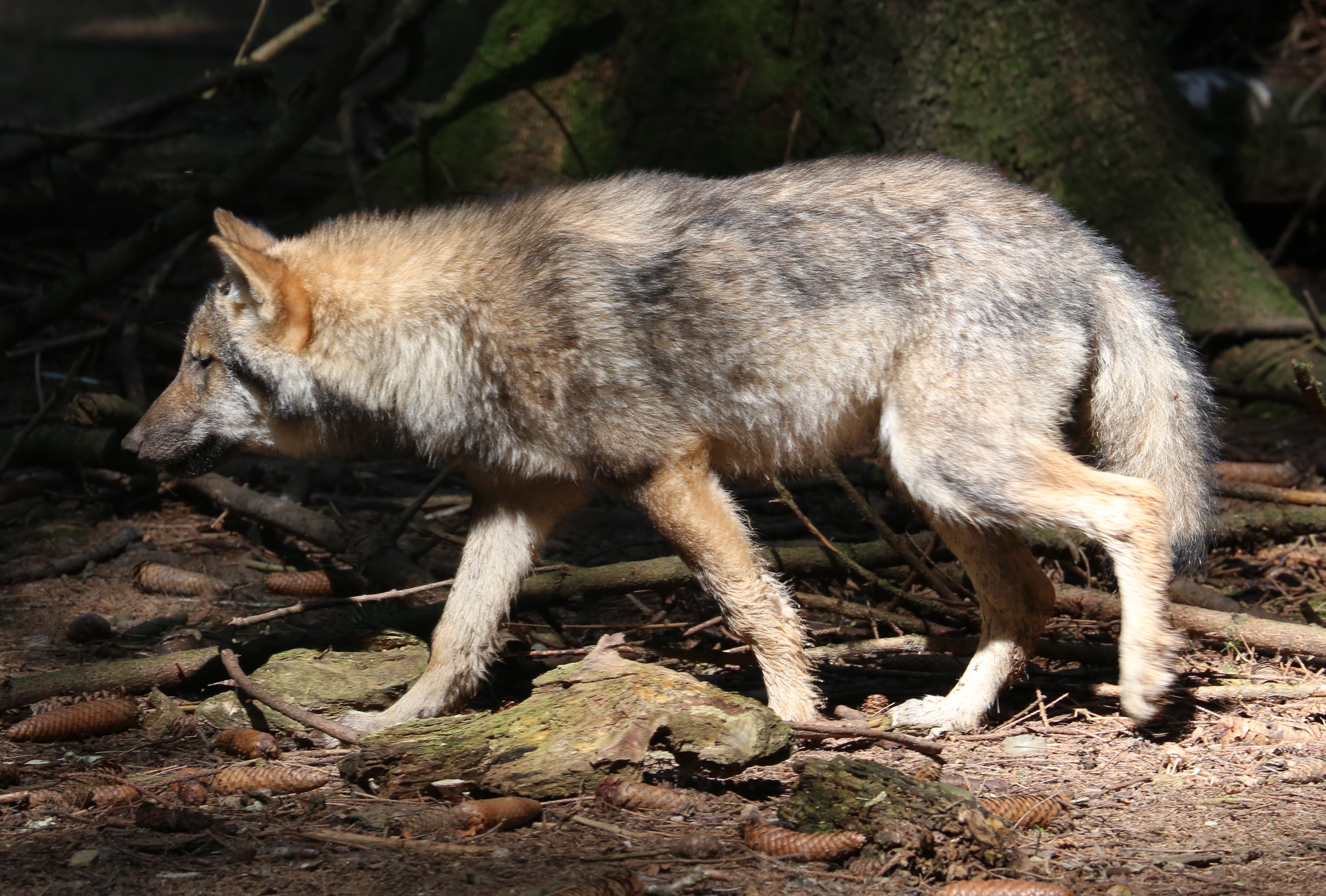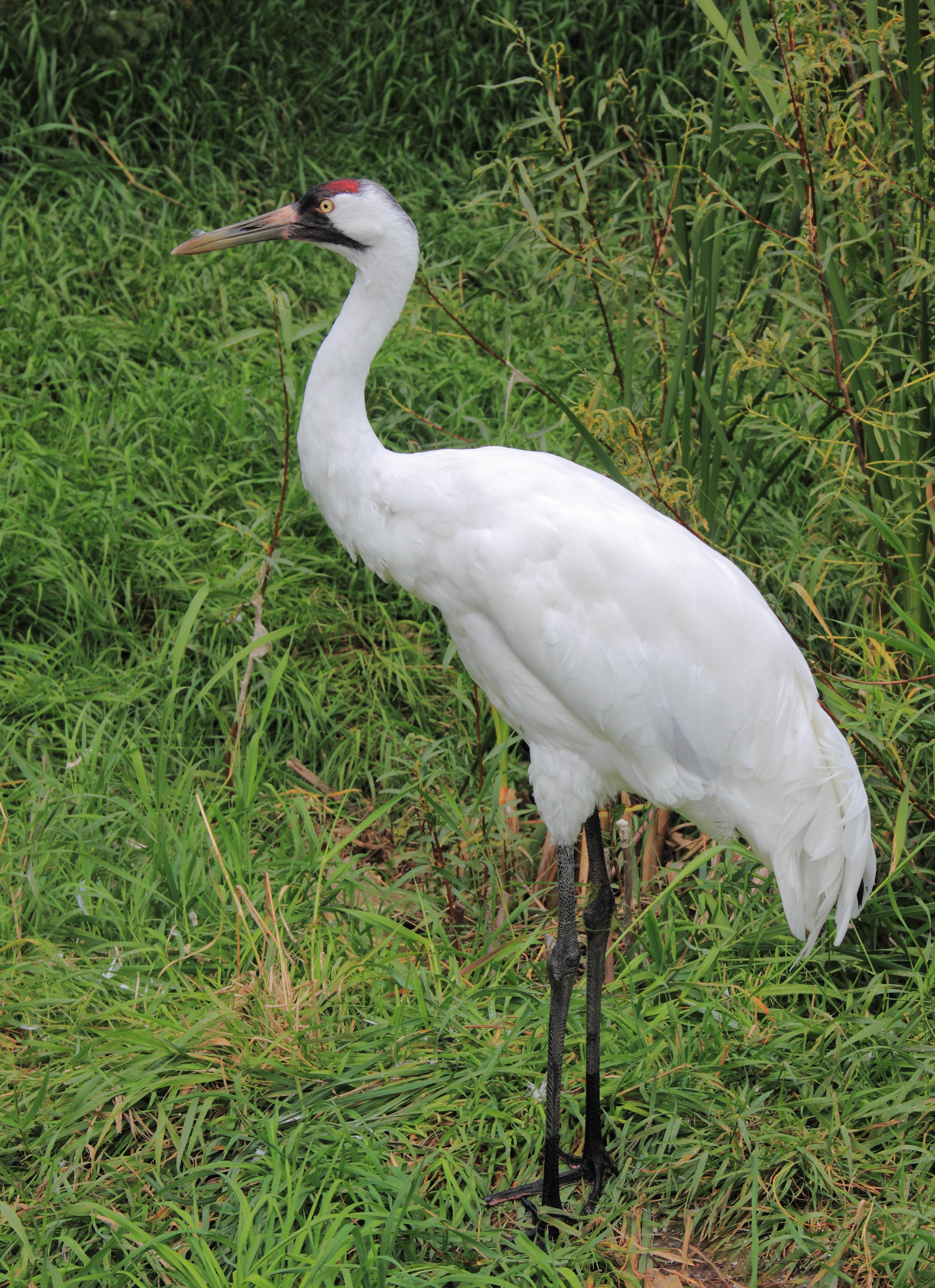|
Euchloe Ausonides Insulana
''Euchloe ausonides insulanus'', the island marble butterfly, is a subspecies of the Euchloe ausonides (large marble butterfly) and is found in the San Juan Islands in Washington in the northwestern United States. The butterfly was thought to be extinct and was last observed on Gabriola Island, British Columbia in 1908. The species was rediscovered during a prairie butterfly survey in San Juan Island National Historical Park"San Juan Island National Historical Park – The Island Marble Butterfly (U.S. National Park Service)" National Park Service – Experience Your America , February 9, 2009. in 1998. After this rediscovery, surveys were conducted throughout the presumed range and found a few populations on San Juan Island and Lopez Island, but no remaining populations in Canada. Description The Island Marble is medium sized butterfly that is distinguishable by its white and green mottled pattern under its hind wings. Habitat The Island Marble butterfly is primarily co ... [...More Info...] [...Related Items...] OR: [Wikipedia] [Google] [Baidu] |
Subspecies
In biological classification, subspecies is a rank below species, used for populations that live in different areas and vary in size, shape, or other physical characteristics ( morphology), but that can successfully interbreed. Not all species have subspecies, but for those that do there must be at least two. Subspecies is abbreviated subsp. or ssp. and the singular and plural forms are the same ("the subspecies is" or "the subspecies are"). In zoology, under the International Code of Zoological Nomenclature, the subspecies is the only taxonomic rank below that of species that can receive a name. In botany and mycology, under the International Code of Nomenclature for algae, fungi, and plants, other infraspecific ranks, such as variety, may be named. In bacteriology and virology, under standard bacterial nomenclature and virus nomenclature, there are recommendations but not strict requirements for recognizing other important infraspecific ranks. A taxonomist decides w ... [...More Info...] [...Related Items...] OR: [Wikipedia] [Google] [Baidu] |
Brassica Rapa
''Brassica rapa'' is a plant species growing in various widely cultivated forms including the turnip (a root vegetable); napa cabbage, bomdong, bok choy, and rapini. ''Brassica rapa'' subsp. ''oleifera'' is an oilseed which has many common names, including rape, field mustard, bird's rape, and keblock. The term rapeseed oil is a general term for oil from ''Brassica'' species. Food grade oil made from the seed is also called canola oil, while non-food oil is called colza oil. Canola oil is sourced three species of Brassica plants: ''Brassica rapa'' and ''Brassica napus'' are commonly grown in Canada, while ''Brassica juncea'' (brown mustard) is a minor crop for oil production. History The origin of ''B. rapa'', both geographically and any surviving wild relatives, has been difficult to identify because it has been developed by humans into many types of vegetables, is now found in most parts of the world, and has returned to the wild many times as a feral plant. A study of g ... [...More Info...] [...Related Items...] OR: [Wikipedia] [Google] [Baidu] |
Euchloe
''Euchloe'' is a genus of pierid butterflies from the orangetip tribe (Anthocharini). They are Holarctic in distribution, with most species in Europe, Central Asia, and North America. Like other Anthocharini, the American species are usually called marbles; the Old World species are known as dappled whites. Classification Listed alphabetically within groups: funet.fi Subgenus ''Euchloe'' Hübner, 1819: *'' Euchloe ausonia'' (Hübner, – eastern dappled white *'' [...More Info...] [...Related Items...] OR: [Wikipedia] [Google] [Baidu] |
US Fish And Wildlife Service
The United States Fish and Wildlife Service (USFWS or FWS) is an agency within the United States Department of the Interior dedicated to the management of fish, wildlife, and natural habitats. The mission of the agency is "working with others to conserve, protect, and enhance fish, wildlife, plants and their habitats for the continuing benefit of the American people." Among the responsibilities of the USFWS are enforcing federal wildlife laws; protecting endangered species; managing migratory birds; restoring nationally significant fisheries; conserving and restoring wildlife habitats, such as wetlands; helping foreign governments in international conservation efforts; and distributing money to fish and wildlife agencies of U.S. states through the Wildlife Sport Fish and Restoration Program. The vast majority of fish and wildlife habitats are on state or private land not controlled by the United States government. Therefore, the USFWS works closely with private groups ... [...More Info...] [...Related Items...] OR: [Wikipedia] [Google] [Baidu] |
Xerces Society
The Xerces Society for Invertebrate Conservation (Xerces Society) is a non-profit environmental organization that focuses on the conservation of invertebrates considered to be essential to biological diversity and ecosystem health. It is named in honor of an extinct California butterfly, the Xerces blue (''Glaucopsyche xerces''). The Society collaborates with federal and state agencies including the US Department of Agriculture, as well as scientists, land managers, educators, and citizens to promote invertebrate conservation, applied research, advocacy, public outreach and education. Examples of Xerces Society activities include advocating for invertebrates and their habitats, petitioning for the designation of endangered status for applicable species such as the monarch butterfly The monarch butterfly or simply monarch (''Danaus plexippus'') is a milkweed butterfly ( subfamily Danainae) in the family Nymphalidae. Other common names, depending on region, include milkweed ... [...More Info...] [...Related Items...] OR: [Wikipedia] [Google] [Baidu] |
Local Extinction
Local extinction, also known as extirpation, refers to a species (or other taxon) of plant or animal that ceases to exist in a chosen geographic area of study, though it still exists elsewhere. Local extinctions are contrasted with global extinctions. Local extinctions mark a change in the ecology of an area. In recent times, local extinction has sometimes been followed by a replacement of the species taken from other locations; wolf reintroduction is an example of this. The term "local extinction" is highly vernacular. The more proper biological term is ''extirpation''. Discussion Glaciation can lead to local extinction. This was the case during the Pleistocene glaciation event in North America. During this period, most of the native North American species of earthworm were killed in places covered by glaciation. This left them open for colonization by European earthworms brought over in soil from Europe. Species naturally become extirpated from islands over time. The num ... [...More Info...] [...Related Items...] OR: [Wikipedia] [Google] [Baidu] |
Species At Risk Act
The ''Species at Risk Act'' (SARA) (the ''Act'') is a piece of Canadian federal legislation which became law in Canada on December 12, 2002. It is designed to meet one of Canada's key commitments under the International Convention on Biological Diversity. The goal of the ''Act'' is to prevent wildlife species in Canada from disappearing by protecting endangered or threatened organisms and their habitats. It also manages species which are not yet threatened, but whose existence or habitat is in jeopardy. SARA defines a method to determine the steps that need to be taken in order to help protect existing relatively healthy environments, as well as recover threatened habitats, although timing and implementation of recovery plans have limitations. It identifies ways in which governments, organizations, and individuals can work together to preserve species at risk and establishes penalties for failure to obey the law. The ''Act'' designates COSEWIC, an independent committee of wildli ... [...More Info...] [...Related Items...] OR: [Wikipedia] [Google] [Baidu] |
United States Government
The federal government of the United States (U.S. federal government or U.S. government) is the national government of the United States, a federal republic located primarily in North America, composed of 50 states, a city within a federal district (the city of Washington in the District of Columbia, where most of the federal government is based), five major self-governing territories and several island possessions. The federal government, sometimes simply referred to as Washington, is composed of three distinct branches: legislative, executive, and judicial, whose powers are vested by the U.S. Constitution in the Congress, the president and the federal courts, respectively. The powers and duties of these branches are further defined by acts of Congress, including the creation of executive departments and courts inferior to the Supreme Court. Naming The full name of the republic is "United States of America". No other name appears in the Constitution, and t ... [...More Info...] [...Related Items...] OR: [Wikipedia] [Google] [Baidu] |
Endangered Species Act Of 1973
The Endangered Species Act of 1973 (ESA or "The Act"; 16 U.S.C. § 1531 et seq.) is the primary law in the United States for protecting imperiled species. Designed to protect critically imperiled species from extinction as a "consequence of economic growth and development untempered by adequate concern and conservation", the ESA was signed into law by President Richard Nixon on December 28, 1973. The Supreme Court of the United States described it as "the most comprehensive legislation for the preservation of endangered species enacted by any nation"."Tennessee Valley Authority v. Hill" 437 U.S. 153 (1978) Retrieved 24 November 2015. The purposes of the ESA are two-fold: to prevent extinction and to recover species to the point where the law's protections are not needed. It therefor ... [...More Info...] [...Related Items...] OR: [Wikipedia] [Google] [Baidu] |
Lepidium Virginicum
''Lepidium virginicum'', also known as least pepperwort or Virginia pepperweed, is an herbaceous plant in the mustard family (Brassicaceae). It is native to much of North America, including most of the United States and Mexico and southern regions of Canada, as well as most of Central America. It can be found elsewhere as an introduced species. Virginia pepperweed grows as a weed in most crops and is found in roadsides, landscapes and waste areas. It prefers sunny locales with dry soil. Description ''Lepidium virginicum'' is an herbaceous annual or biennial. The entire plant is generally between 10 and 50 centimeters tall. The leaves on the stems of Virginia pepperweed are sessile, linear to lanceolate and get larger as they approach the base. As with '' Lepidium campestre'', Virginia pepperweed's most identifiable characteristic is its raceme, which comes from the plant's highly branched stem.Richard H. Uva, Joseph C. Neal and Joseph M. Ditomaso, ''Weeds of The Northeast'', (It ... [...More Info...] [...Related Items...] OR: [Wikipedia] [Google] [Baidu] |
Sisymbrium Altissimum
''Sisymbrium altissimum'' is a species of '' Sisymbrium''. The plant is native to the western part of the Mediterranean Basin and is widely naturalized throughout most of the world, including all of North America. After maturity it forms a tumbleweed. Common names of the plant include Jim Hill mustard, tall tumblemustard, tall mustard, tumble mustard, tumbleweed mustard, tall sisymbrium, and tall hedge mustard. Description Tumble mustard forms an upright but delicate-looking plant, with slender, much-branched stems, growing up to in height. Its stem leaves are divided into thin, linear lobes, while the basal leaves are broader and pinnately compound. The flowers are inconspicuous and only wide. They have four usually yellow petals and four narrow, curved sepals. The seedpods are slender and long (). The plant germinates in winter or early spring, with a lengthy blooming period. At maturity it dies, uproots, and tumbles in the wind, spreading its seeds. Taxonomy The commo ... [...More Info...] [...Related Items...] OR: [Wikipedia] [Google] [Baidu] |
The Seattle Times
''The Seattle Times'' is a daily newspaper serving Seattle, Washington, United States. It was founded in 1891 and has been owned by the Blethen family since 1896. ''The Seattle Times'' has the largest circulation of any newspaper in Washington state and the Pacific Northwest region. The Seattle Times Company, which is owned by the Blethen family, holds 50.5% of the paper. McClatchy company owns 49.5% of the paper. ''The Seattle Times'' had a longstanding rivalry with the '' Seattle Post-Intelligencer'' newspaper until the latter ceased publication in 2009. Copies are sold at $2 daily in King & adjacent counties (except Island, Thurston & other WA counties, $2.5) or $3 Sundays/Thanksgiving Day (except Island, Thurston & other WA counties, $4). Prices are higher outside Washington state. History ''The Seattle Times'' originated as the ''Seattle Press-Times'', a four-page newspaper founded in 1891 with a daily circulation of 3,500, which Maine teacher and attorney Alden J. Ble ... [...More Info...] [...Related Items...] OR: [Wikipedia] [Google] [Baidu] |







.jpg)